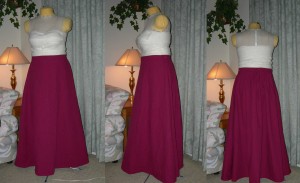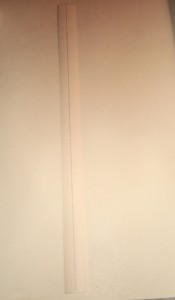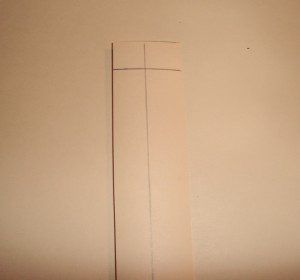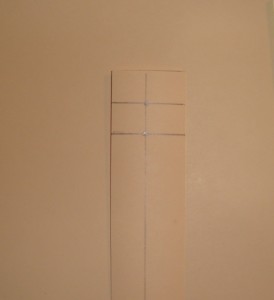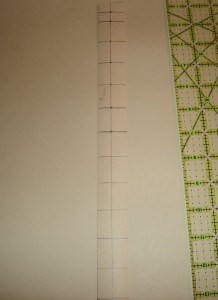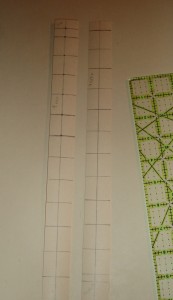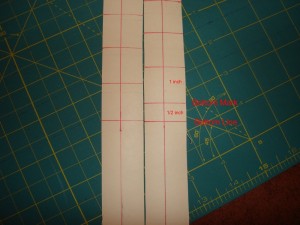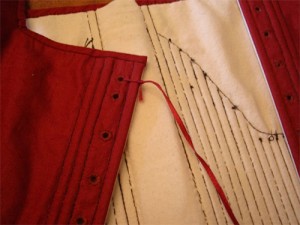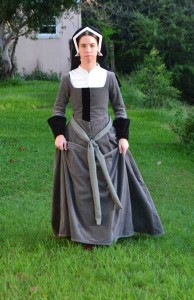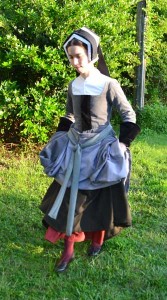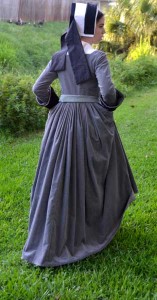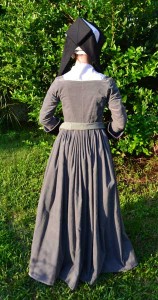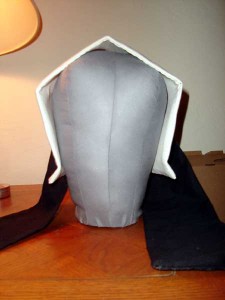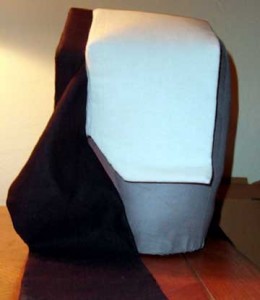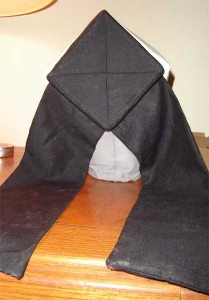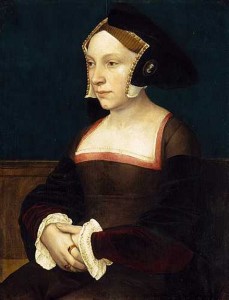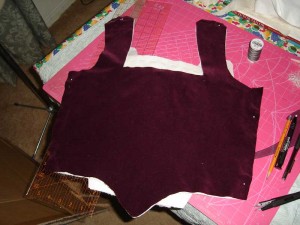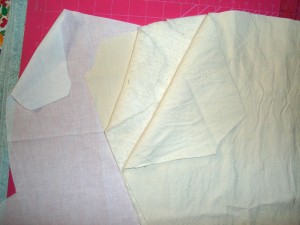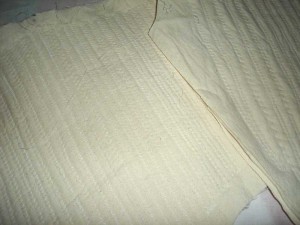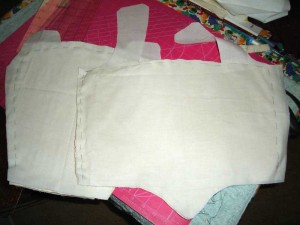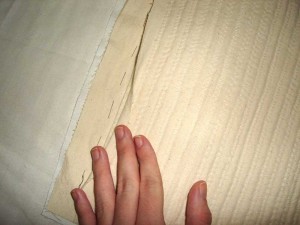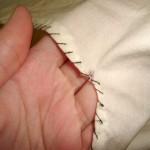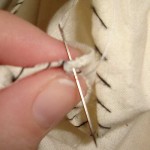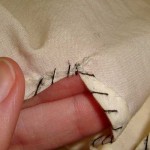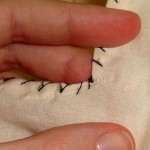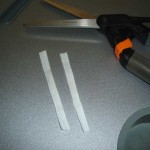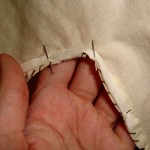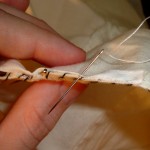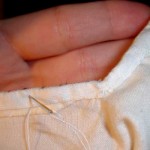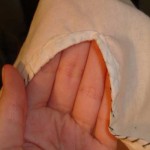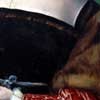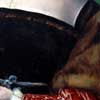
This is my follow up post to the question of using buckram in kirtles.
To back track a bit, in March I hit Google books and British History Online to hunt for how buckram was used in early 16th century England.
Since my use of it in kirtles for support was iffy at best, I turned to inventories and expense accounts to see if I could find some concrete information.
What I found was buckram being used as a stiffening agent in gowns rather then kirtles. This makes a great deal of sense. If we assume the buckram used then was similar to the buckram used now, (a firm fabric sometimes but not always stiffened with glue) to have it in a kirtle, is to have it near sweat and body heat which can wilt it like a wet paper towel.
I found it was used to line the bodice of gowns but that is not the only thing, below I’ve listed a few excerpts.
“..2 yds. of buckram to line the upper sleeves,..”
“A brown-blue gown, lined with buckram, and purfelyd with black velvet.”
“A woman’s black round gown, lined with bokeram, and wide sleeves lined with black velvet.”
“Necessaries for my Lady.—For Philippe, the maid, marriage money, 6l. 13s. 4d. A quarter and a nail of tawney velvet for my Lady’s purse, 3s. 9d. A skein of silk for ditto, 2d. An ounce of tawney silk for string, 14d. A quarter of buckram for lining, 2d. 5 yds. buckram for Philippa’s gown, 2s. 11d. A quarter and a half of velvet, 4s. 3d. ½ yd. linen cloth, 2½d.; anglets,” It seems here buckram to line the purse and enough buckram to line all of the gown
“…and making a gown, a kirtle, and a petticoat for Phillippa against she was married, 3s. 6d. A quarter velvet more for the maid’s gown, 3s. 3½ yds. buckram, 2s. 1d. “For lining and agnetts to the playtes,” 10d.” I haven’t figured out what agnetts is yet, but perhaps buckram to pad out the pleats?
“I have delivered to Mr. Skutt 1¾ yds. Lywkes velvet for the upper bodies and placards, and 2½ yds. of the best black satin for lining the sleeves. He thanks you for the two dozen quails. I have further delivered him 15 yds. Lywkes velvet and a roll of buckram for your gown, and 6 yds. Lywkes velvet for your kirtle, &c. I will bring them with me to Dover.”
“For making 2 gowns, 1 cr. 2 yds. of black buckram, to line the two gowns in the bodies. 3 yds. of frieze, to line the pleats of the gowns after their use.”Frieze to pad the pleats this time.
So it is used to line sleeves, the bodice parts of gowns, it might be used to pad out pleats should I ever figure out what agnetts is. But no where is it mentioned being used in kirtles.
I’ve compiled a much longer list with citations and full excepts to give a bit more context to the entries. As I have time I hope to add more to it and look into what other things buckram was used for.

